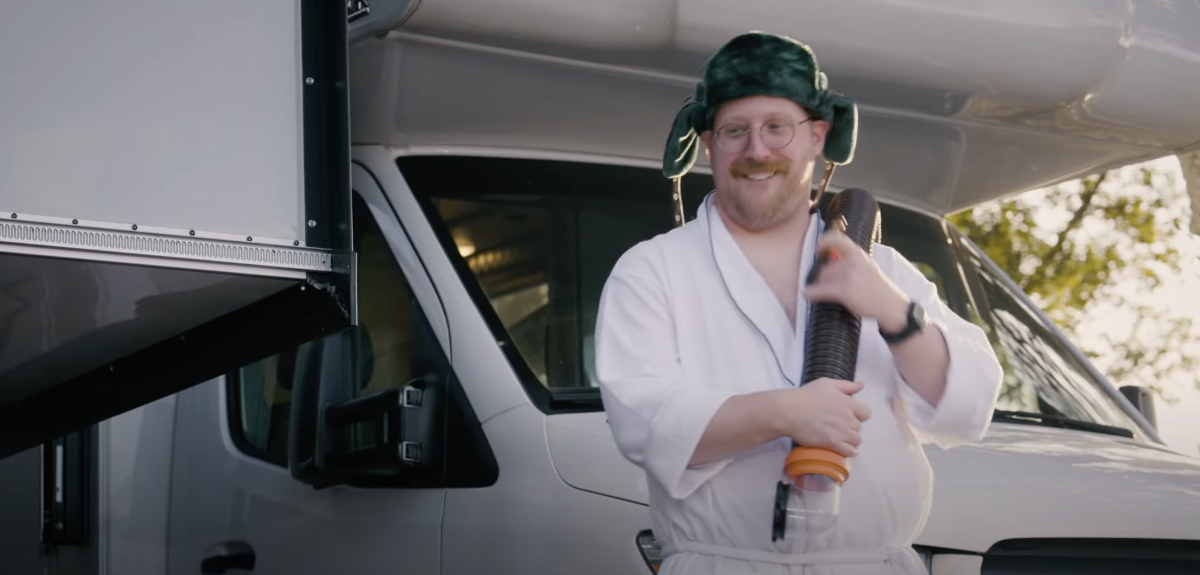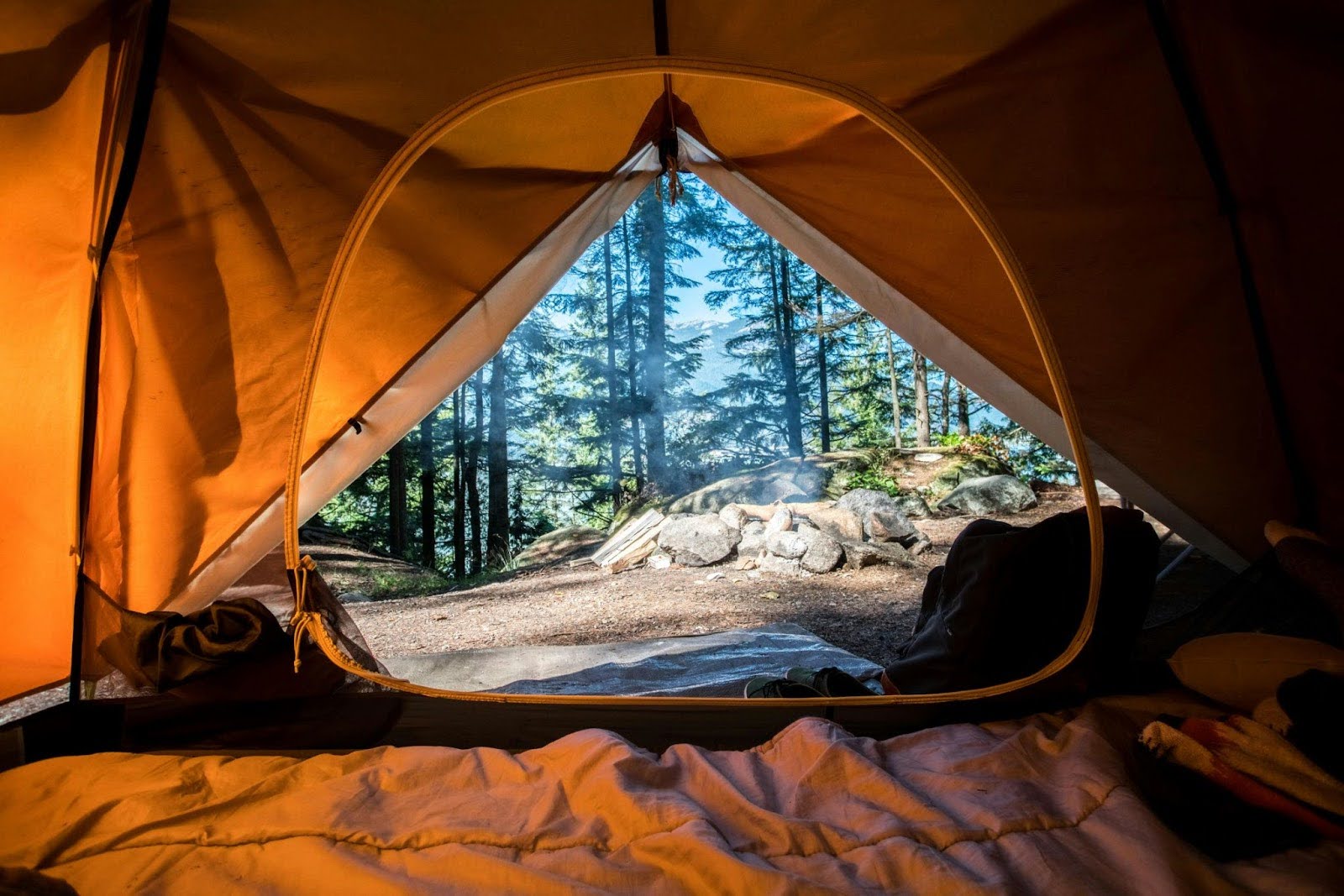What Does the Infrastructure Act Mean for RVing?
New Law Allocates Billions of Dollars to Improve Roads and Access to Public Lands
Image Caption: Image Courtesy of tupungato/Getty
Passed by Congress on November 5 and signed into law on November 15, the Infrastructure Investment and Jobs Act—aka the “Infrastructure Act”—includes dozens of provisions that address a wide range of needs and challenges facing the systems that underpin the foundation of the American economy—buildings, roads, power, connectivity. The new law creates projects and initiatives while allocating $1.2 trillion to fund those efforts.
That money will be used to refine transportation logistics, streamline commerce, upgrade rural internet service, and make travel easier and more efficient. Some of the projects already in the planning stages include modernizing airports, improving efficiency at commercial shipping ports, and expanding public transportation in major metropolitan areas.
The new law also provides funding for several other major infrastructure upgrades. Those include everything from improving access to clean drinking water to building a charging station network for electric vehicles. It even provides funding for researching alternative sources of clean energy.
All of this focus on improving infrastructure brings a host of benefits for RVers. Here’s what you should know about this critical piece of legislation.

Image Courtesy of LeonidKos/Getty
Rebuild Existing Infrastructure
According to the White House, approximately one in five miles of US highway—along with 45,000 bridges nationwide—are in poor condition. The Infrastructure Act has earmarked $110 billion to specifically address those issues, with funds being sent to all 50 states to assist with repairs.
Researchers will also receive a portion of that budget to study ways to improve safety on America’s roads. The nation sees more than 35,000 fatalities annually due to car accidents alone.
Repairing America’s network of highways and bridges is a crucial aspect of the Infrastructure Act. While many of its provisions are designed to improve transportation in general, some of those elements will have a minimal impact on the day-to-day lives of most Americans. But by fixing roads, overpasses, tunnels, and other vital structures, a conscious effort is being made to make travel easier, safer, and more efficient, both for daily commutes and cross-country road trips.
While smoother roads and safer bridges benefit everyone, RVers will be some of the first to take advantage of these repairs and upgrades. Of course, America’s vast highway system will receive some much-needed attention, but so will state roads and city streets, many of which have been neglected for years. This is good news for drivers looking to access rural areas where the thoroughfares haven’t always been RV-friendly.
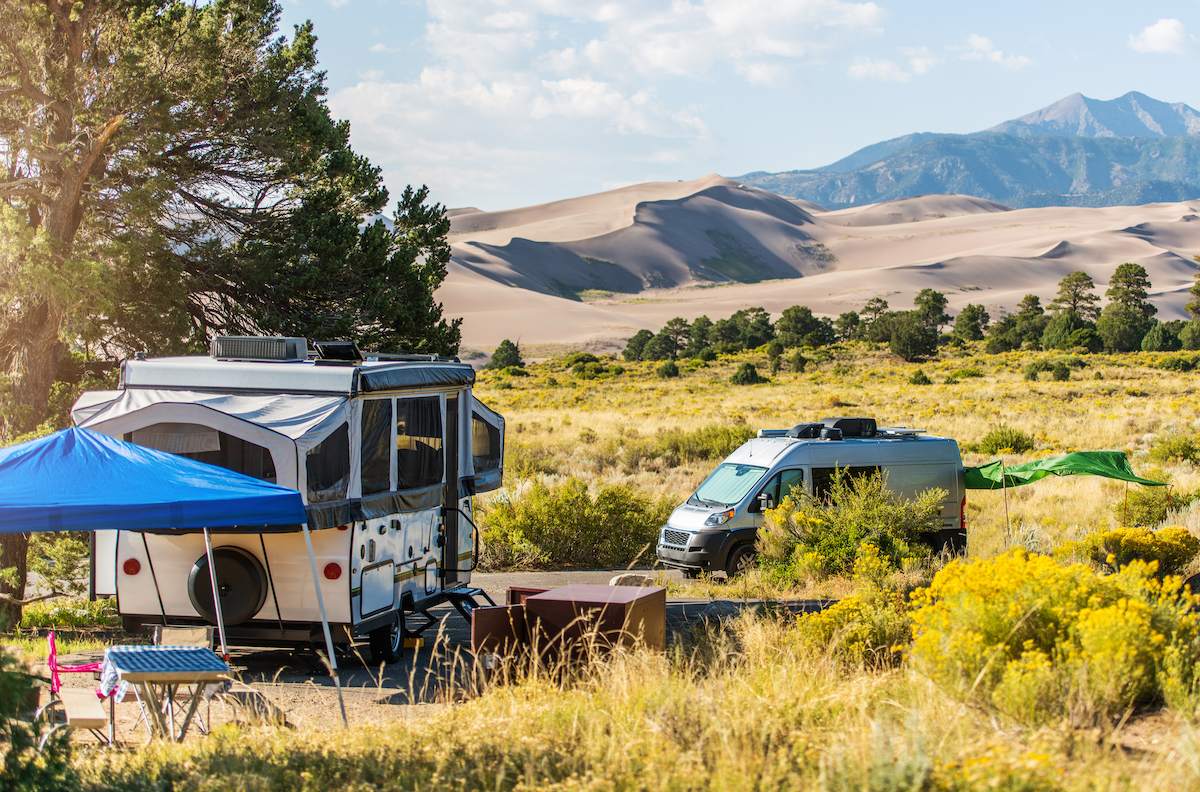
Image Courtesy of Welcomia/Getty
Improved Access to Public Lands
Beyond modernizing the country’s transportation systems, the Infrastructure Act includes funding for a number of projects that RVers will appreciate. For instance, $7 billion in funding has been set aside specifically to repair existing roads in and around national parks, forests, and other public lands. A portion of that money will also support gateway communities that border those destinations.
Another $2 billion is allocated for expanding the number of roads that provide access to state and national parks, national forests, wildlife refuges, wilderness areas, and national monuments. The goal is to reduce the amount of traffic on existing roads while adding new access points to those outdoor spaces.
The Infrastructure Act also budgets an additional $100 million for improving campgrounds managed by the National Park Service and US Forest Service. Once again, the plan is to improve access and availability while modernizing facilities and expanding capacity. That includes potentially adding more RV hookups, increasing internet access, and adding other amenities.
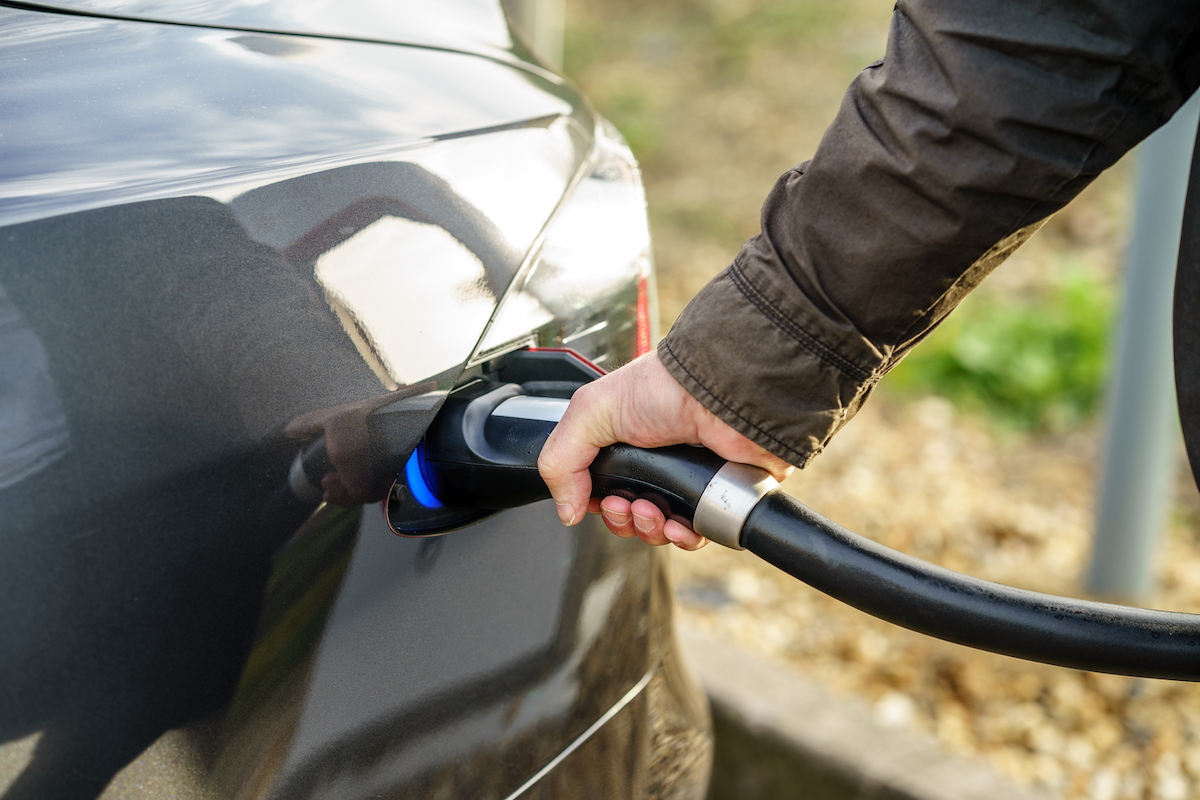
Image Courtesy of nrqemi/Getty
Expanding Clean Energy Options
While the Infrastructure Investment and Jobs Act addresses the needs of the nation’s legacy infrastructure, it also includes provisions that look to the future. For instance, the new law provides $7.5 billion to create a network of electric charging stations and hydrogen fuel depots. Initially, those installations will be built along major highway corridors where travelers can easily access them. Eventually, the network will expand into other areas as well.
Part of that same budget will be used to develop propane and natural gas fueling stations in small towns and remote rural areas. Those services are often lacking outside of larger metropolitan areas, which can be inconvenient for RVers looking to top off their tanks. The plan is to add more of these stations to gateway communities to the national parks and forests where they can be more easily accessed.
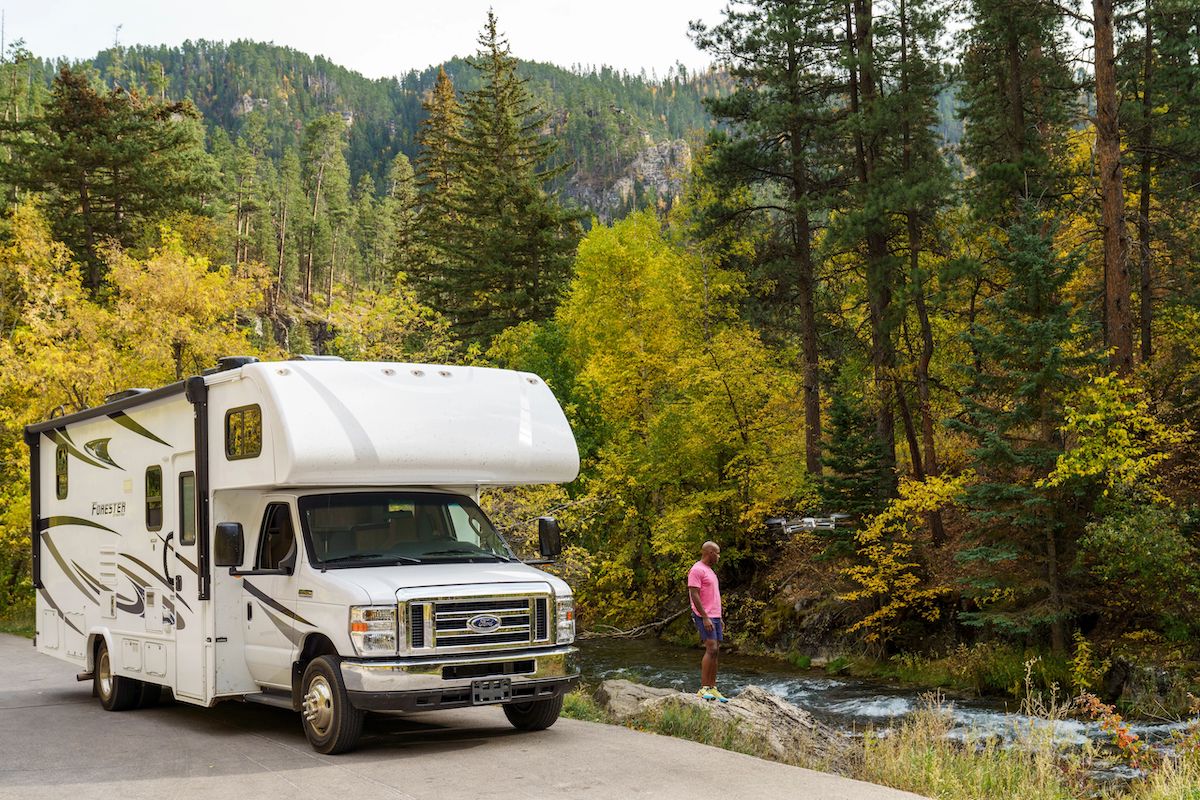
Image Courtesy of Good Sam
Improved Intergovernmental Cooperation
One of the side effects of the passage of the Infrastructure Act is that it has already resulted in improved departmental cooperation in Washington, DC. Not long after it was signed into law, the Department of the Interior and the Department of Transportation also signed a Memorandum of Understanding (MOU) pledging to work together to achieve some shared objectives outlined in the act.
Those goals include both departments transitioning to a fleet of electric vehicles and prioritizing the installation of EV charging stations on public lands. They have also pledged to cooperate on exploring alternative transportation options within the national parks in an effort to promote car-free travel. This would help reduce the amount of traffic at those destinations and allow more visitors to connect with the outdoors.
Finally, the two organizations will also develop an advanced information system for travelers visiting the national parks. Using smartphone apps and wireless technology, the system would provide real-time insights into road closures, weather conditions, transit times, parking lot closures, and more. It could also be used for monitoring campsite availability and booking a spot, all from a handheld device.

Image Courtesy welcomia/Getty
Timeframe for Infrastructure Upgrades
With the passage of the Infrastructure Investment and Jobs Act on November 15, many projects and initiatives have already begun to ramp up. As of this writing, most remain in the planning stages, however, with actual work scheduled to get underway in 2022.
Repairing existing roads and bridges is expected to take place over the next five years, with infrastructure expansion—including new highways, EV charging stations, and other improvements—potentially taking longer.
Still, the National Park Service has billions of dollars in “deferred maintenance” that the Infrastructure Act should help address. Thanks to the influx of cash, the NPS can get to work on fixing many of those issues. Visitors to the parks, including RVers, should soon see progress on this enormous backlog.
There is no question that the Infrastructure Act is enormously ambitious and grand in scale. Fortunately, it addresses critical issues that will benefit most Americans while creating more opportunities for RVers to participate in the activities and lifestyle they enjoy.
That is something that we can all appreciate.


